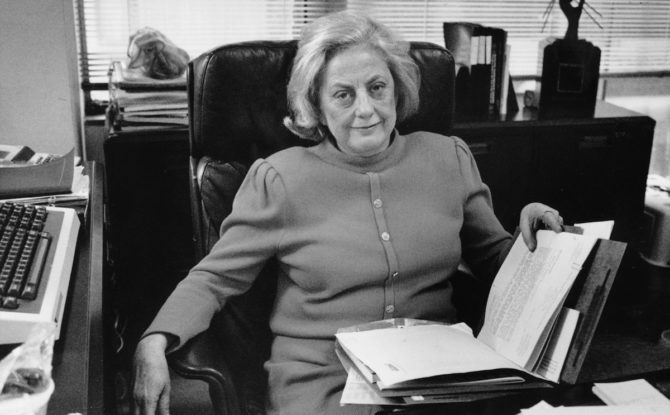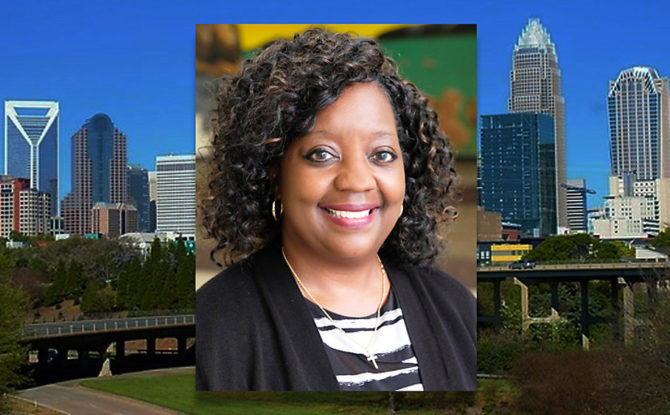In recent decades, employers have made a conscious effort to bring diversity into the workplace. They’ve made progress, at least when it comes to gender; today’s entry-level workforce is 46 percent female (Waller). Though the numbers are promising, they don’t reveal the culture gap that remains even in the presence of equal representation. Men and women tend to work, ask questions and supervise differently. The distance between the two communication styles can cause problems in the workplace, especially since the majority of corporate culture is decidedly masculine.
The fight for equal pay and job opportunities for women has been a long one. In the United States, one could argue that it began in the first waves of feminism in the 19th century. Yet, similar battle cries can still be heard today, namely the demand for equal pay and equal representation, especially in managerial and STEM positions. Called “the first woman of finance”, Muriel Siebert was a pioneer for women in the financial industry, a sector that still lags behind academia and medicine in representation. Though she died in 2013, her dedication to her profession and the economic status of women remains relevant in today’s social landscape.
Unknown
“Everybody wants happiness, nobody wants pain, but you can’t have a rainbow without a little rain. “
We’ve all heard this aphorism at one point or another. Perhaps it’s so popular because it speaks to the universal truth of balancing the good and the bad. This is the case for West Charlotte High School. In the past, West Charlotte has seen a few rainbows and a lot of rain, but recently, the ratio has evened. Dr. Timisha Barnes-Jones is one of the forces behind this school’s blooming rainbow.
Breweries, expensive housing, coffee shops, and galleries— all signs point to gentrification in the low-income communities that surround uptown. Much has already been said about the changing faces of Cherry, Optimist Park, and Washington Heights. Soon Druid Hills will join the ranks of the gentrified. Druid Hills is a small, quaint neighborhood with craftsman-style homes, active churches, and a K-8 public school. With its unique identity in mind, Druid Hills hopes to maintain its pride and culture as it’s done in previous hard times.
To some, Charlotte is a city that metaphorically pulled itself up by its bootstraps. Despite the economic and social upheaval brought on by the Civil War, Charlotte continued as a leading city for finance and the textile industry throughout the 20th century. After the Civil Rights Movement and desegregation in the 1970s, Charlotte grew exponentially in both population and diversity: from 1980 to 2014, the population more than doubled, and the percentage of people of color in Mecklenburg County rose from 24 to 52 percent, according to the Quality of Life Explorer created by Mecklenburg County, the city of Charlotte, and UNC Charlotte. Based on this narrative of growth and progress, Charlotte shows all the signs of a New South city. Yet, a 2014 study from Harvard and UC Berkeley ranked Charlotte 50th out of 50 cities for social mobility, and this lack of social mobility disproportionately affects minorities. This contradicted Charlotte’s New South city narrative.









